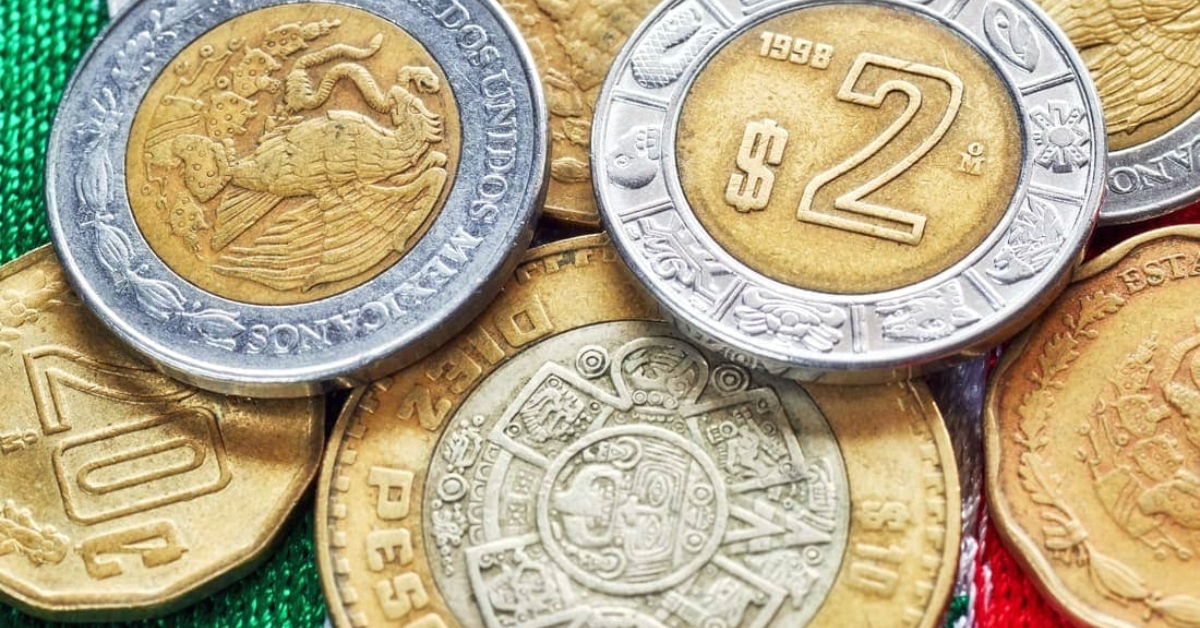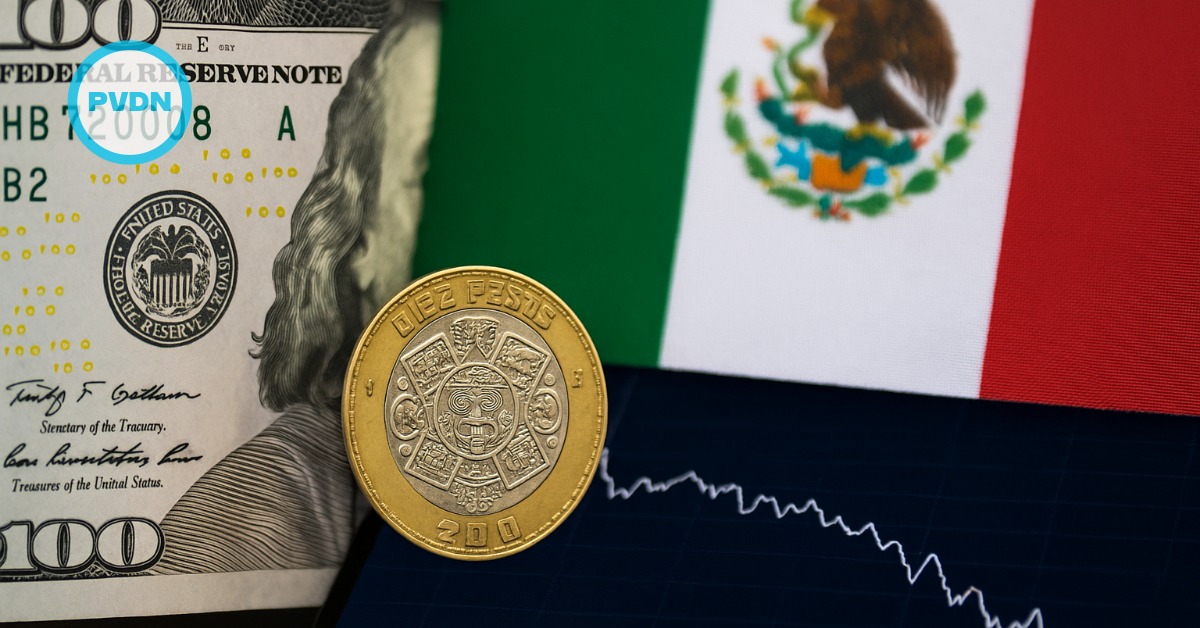Puerto Vallarta, Mexico - The Mexican peso depreciated on Tuesday, closing the year with its worst performance since the 2008 financial crisis. On the final day of trading for 2024, the peso traded at 20.7510 units per dollar, marking a 0.55% decline compared to Monday’s reference price. This decline extends a four-day losing streak for the currency during a low-liquidity holiday period.







